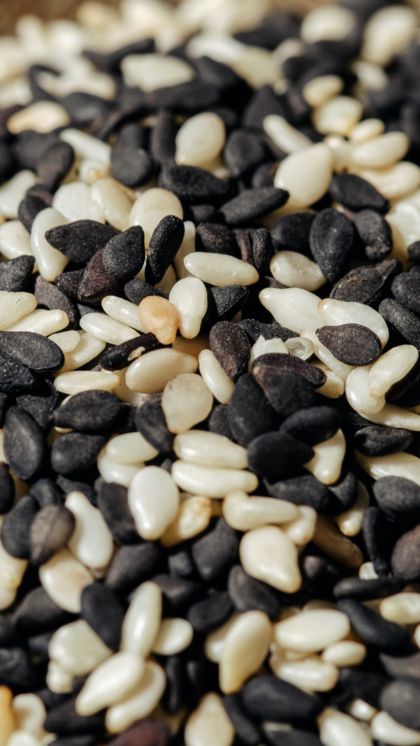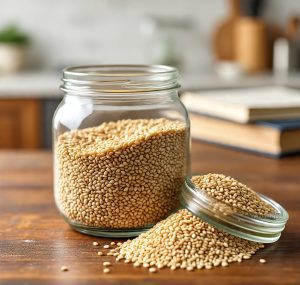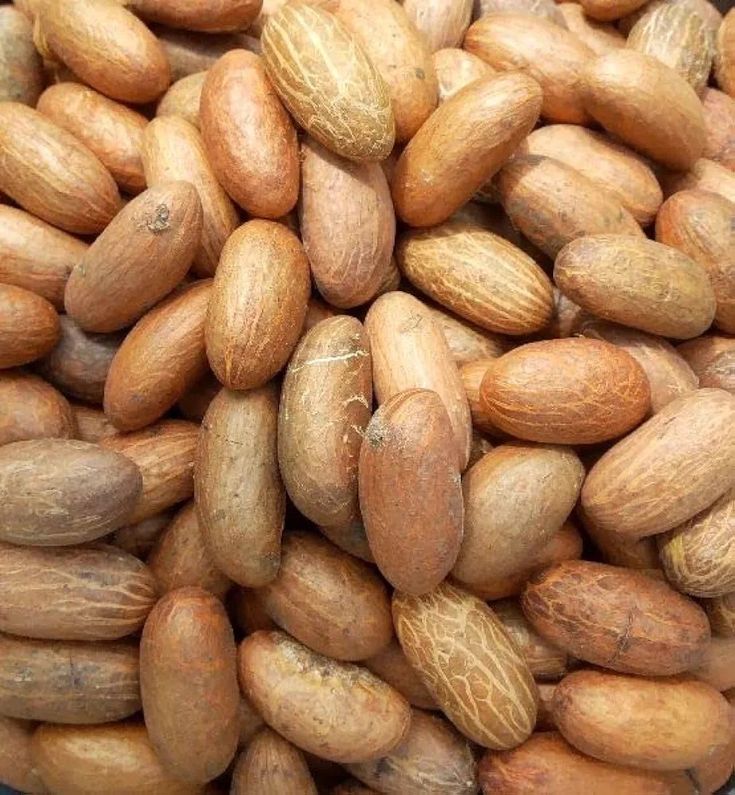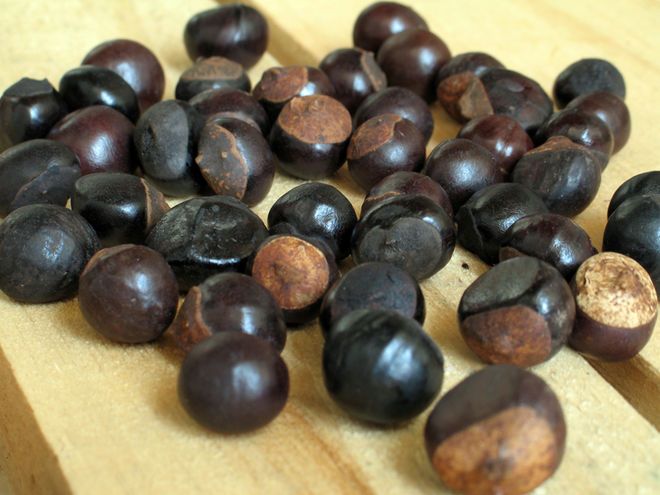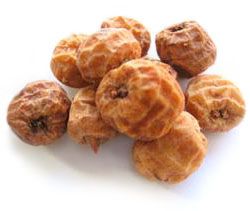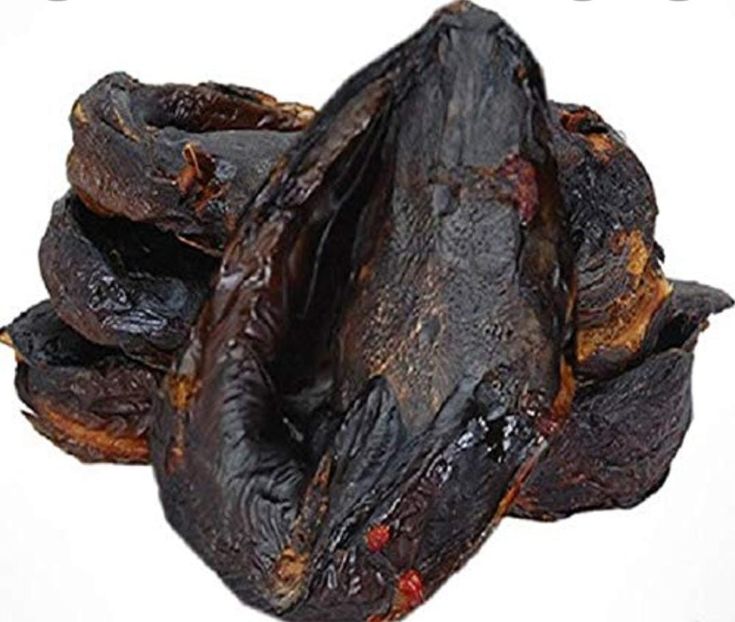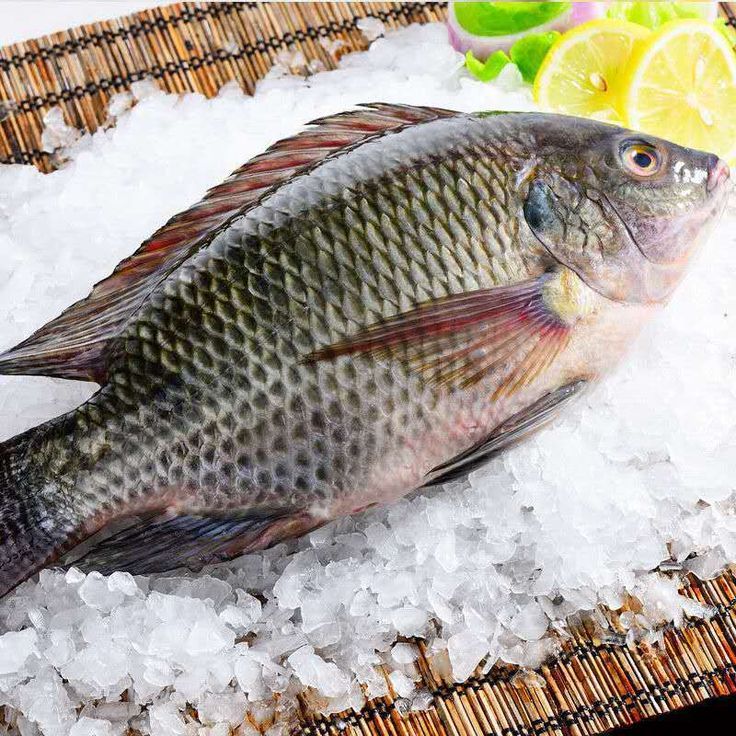Product Name:
Sesame Seed (White and Brown varieties)

Export Form:
-
Cleaned and sorted
-
Hulled or unhulled
-
Packaged in 25kg, 50kg polypropylene bags or jute bags
-
Optionally vacuum sealed for long-distance shipments
HS Code:
-
Sesamum seeds, whether or not broken: 120740
Description:
Sesame seeds are tiny, oil-rich seeds from the sesame plant (Sesamum indicum). Nigeria is one of the largest producers of sesame seeds globally, with high demand from Asia, the Middle East, and Europe.
There are two main types:
-
White Sesame Seeds: Preferred in bakery and confectionery
-
Brown/Black Sesame Seeds: Valued for oil extraction and traditional uses
Industrial and Culinary Uses:
-
Oil extraction (sesame oil for cooking, cosmetics, pharmaceuticals)
-
Baking & Confectionery (bread, cookies, bars)
-
Tahini production (especially in Middle Eastern cuisine)
-
Animal feed supplement
-
Medicinal purposes (antioxidant and anti-inflammatory properties)
Major Export Destinations:
-
Japan
-
China
-
Turkey
-
India
-
Germany
-
Netherlands
Export Specifications:
| Parameter | Specification |
|---|---|
| Purity | 98%–99.95% Min (Depending on grade) |
| Oil Content | 48% Min (for oil-grade seeds) |
| Moisture Content | Max 6% |
| Admixture | Max 2% or as per buyer request |
| Free from live insects | Yes |
| Colour | Whitish/Creamy (White), Brown/Black |
| Packaging | 25kg or 50kg new PP bags |
| Shelf Life | Up to 12 months in dry conditions |
Quality Grades:
-
Grade 1: 99.95% purity – suitable for direct human consumption
-
Grade 2: 98% purity – industrial and oil pressing
-
Grade 3: Less than 98% – animal feed

Packaging & Labelling Requirements (International):
-
Must be labeled in English (or buyer’s language)
-
Include: Product name, Net weight, Gross weight, Country of origin, Batch number, Harvest date, Expiry date
-
Must comply with destination country’s food safety regulations (e.g. EU 178/2002)
Storage Guidelines:
-
Store in a cool, dry, ventilated area
-
Keep away from moisture, sunlight, and pests
-
Avoid stacking directly on the ground

